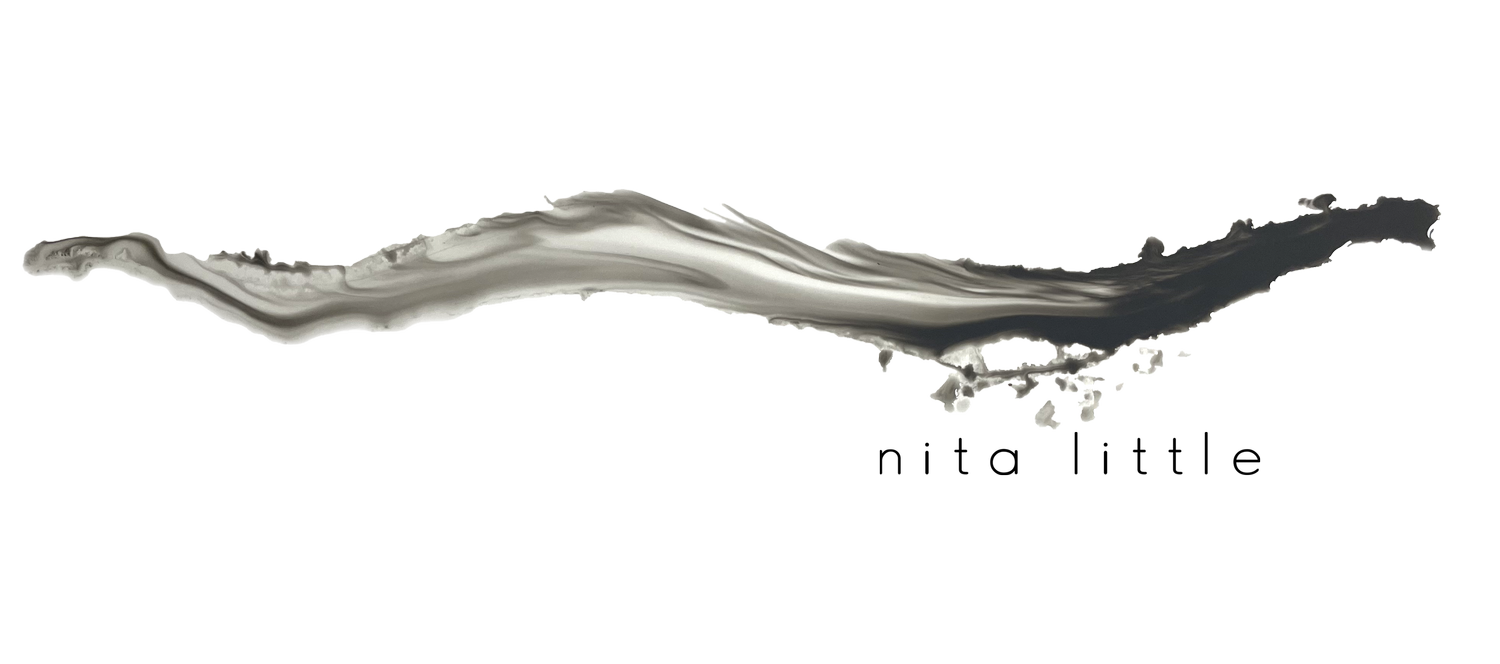May Asides
Here, I consider the embodied concepts “boundaries” which many people “hold” in order to protect aspects of their sense of self, and “regulation”, how they monitor and organize their emotional bodies. I am thinking from the perspective of creative practice – mostly improvisational partnered dancing such as Contact Improvisation, or ensemble improvisation and dance composition in which we make work that shapes the dancing we do.
My purpose is to note a kind of practical clash in how this language speaks to our goals of creative flexibility of the imagination, values of elasticity, generosity, curiosity and insight, safety and support, both with one’s partners and with oneself. And, perhaps most important in this understanding is “response-ability,” access to and the appropriate application of the broadest possible reach of those responses. All of this takes place on a moving ground of communication between dancers in which each individual’s relationship with their earth is organized by the seeming contradictory purposes – the simultaneous embodied states of control (shaping action) and abandon (giving over to gravity and falling). Yikes!
But we do it, and we can do it so very well. Our ability to see a catastrophe and redirect our action is amazing. The capacity to non-verbally speak to one’s partner and let them know what we need can be instantaneous or, conversely, know that the partner is not “there” or listening to the need and thus figure out how to fall (which is 99% of the time a super pleasure because resistance is blinding, and agreement with the fall offers an abundance of means and possibilities). Resilience and move-ability is built into our relationship with the earth and our partners. The ability to think bodily and generatively. “Control” in these conditions becomes tied to the extraordinary support that our earth relationship feels as falling – falling together, falling into parts, falling up, falling over – it gives us a cacophony of possibilities for new movement responses in which freedom and organization hold hands to produce profound play. When one allows oneself to live in the moment generously, “yes” as a first response, then anything that is rigid such as agendas that chunk time into fixed purposes, unhealthy singular self regard, becomes pronounced and easily avoided. The boundary of “no” arises as a “yes” to another, altogether reframed, possibility.
I wonder what moving together has to teach us about fluid forms, boundaries that redirect instead of stop, that arise and vanish when no longer necessary, regulation and control that is interwoven with an inseparable willingness to both rise from our depth and fall in return.
